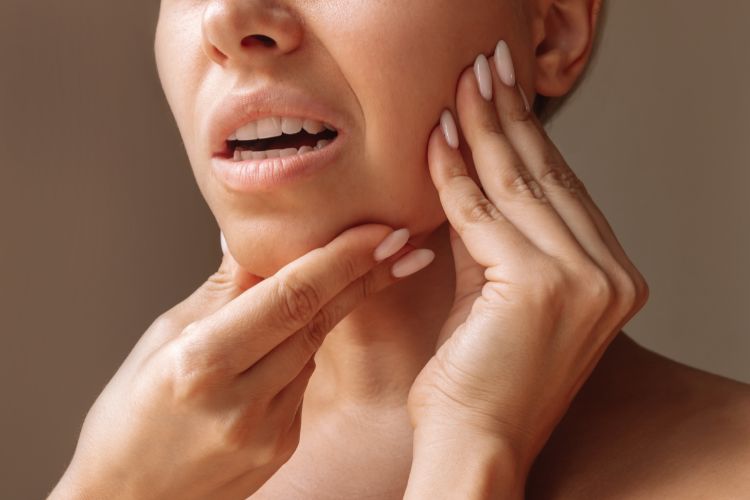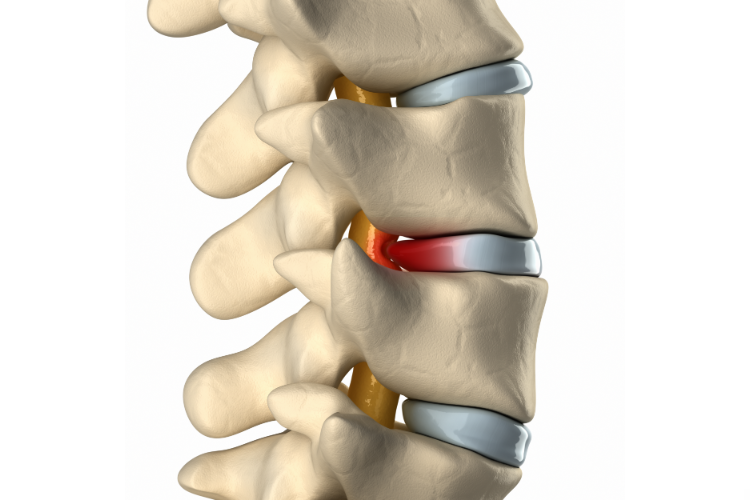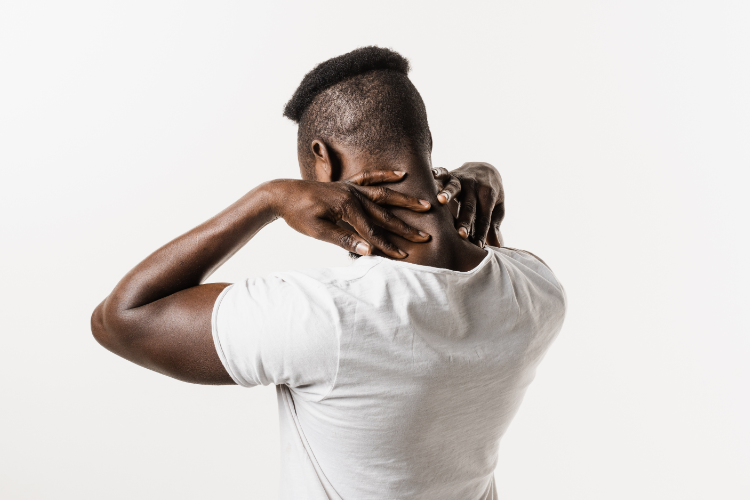TMJ (temporomandibular joint) dysfunction encompasses a range of conditions affecting the joint that connects the jaw to the skull, leading to pain, difficulty chewing, and a clicking sound when opening or closing the mouth.
While TMJ disorders can be complex and multifactorial, involving muscles, tendons, and bones, upper cervical chiropractic care provides a unique approach to management by focusing on the relationship between the cervical spine and jaw alignment.
Dr. Lisa Olszewski from Precision Spinal Care in Chelsea, MI, explores how targeted adjustments in the upper cervical region can help relieve TMJ symptoms and improve overall jaw function.
Understanding TMJ Dysfunction: Symptoms and Causes
TMJ disorders can cause a variety of uncomfortable symptoms, including:
- Jaw pain and tenderness
- Limited movement or locking of the jaw
- Pain in and around the ear
- Difficulty chewing or discomfort while chewing
- A clicking or grinding sound when moving the jaw
The causes of TMJ dysfunction are diverse and can include factors such as misalignment of the teeth or jaw, stress leading to teeth grinding (bruxism), arthritis in the joint, or injuries to the jaw or face.
The Role of Upper Cervical Chiropractic in TMJ Dysfunction
Connection Between Neck and Jaw:
The upper cervical spine, particularly the atlas (C1) and axis (C2) vertebrae, is closely linked to the muscles and nerves that control jaw movement. Misalignments in this area can impact the function of these muscles and nerves, potentially contributing to TMJ dysfunction.
Corrective Adjustments for Symptom Relief:
Upper cervical chiropractic adjustments aim to restore proper alignment to the atlas and axis. This can relieve pressure on nerves and muscles associated with the TMJ, potentially reducing pain and improving mobility in the jaw.
Benefits of Upper Cervical Chiropractic for TMJ Sufferers

Reduced Jaw Pain and Discomfort:
Many patients experience a significant reduction in jaw pain and discomfort following upper cervical adjustments, as these can decrease inflammation and improve neuromuscular function.
Improved Jaw Functionality:
With the reduction of nerve interference and muscle tension around the jaw, patients often notice improved range of motion and decreased clicking or popping sensations when using their jaw.
Holistic Health Improvements:
Upper cervical care supports overall spinal health, which is crucial for maintaining proper posture and alignment. Improved posture can indirectly benefit TMJ conditions by reducing undue stress on the jaw.
Integrating Upper Cervical Care into TMJ Management
Complementary to Dental Treatments:
While upper cervical chiropractic care is beneficial, it is most effective when used in conjunction with other TMJ treatments, such as dental interventions or physical therapy. This integrated approach ensures comprehensive care.
Personalized Treatment Plans:
Dr. Olszewski provides individual assessments to create tailored chiropractic care plans, addressing the specific needs and symptoms of TMJ dysfunction in each patient.
Precision Spinal Care: Your Ally in TMJ Management
At Precision Spinal Care in Chelsea, MI, Dr. Lisa Olszewski and her team are dedicated to providing specialized chiropractic solutions for TMJ dysfunction. Serving Dexter, Grass Lake, Ann Arbor, and the surrounding communities, they offer targeted, gentle adjustments aimed at alleviating TMJ symptoms and enhancing jaw health.
If you are experiencing TMJ dysfunction and seeking a natural, non-invasive approach to relief, consider the potential benefits of upper cervical chiropractic care.
Contact Precision Spinal Care to explore how specialized spinal adjustments can help manage your TMJ symptoms and improve your quality of life.
Medical Disclaimer:
This content is for informational purposes only and is not intended as medical advice, diagnosis, or treatment. Always consult your chiropractor, dentist, or other qualified health provider with any questions you may have regarding a medical condition.
Never disregard professional medical advice or delay in seeking it because of something you have read here.




